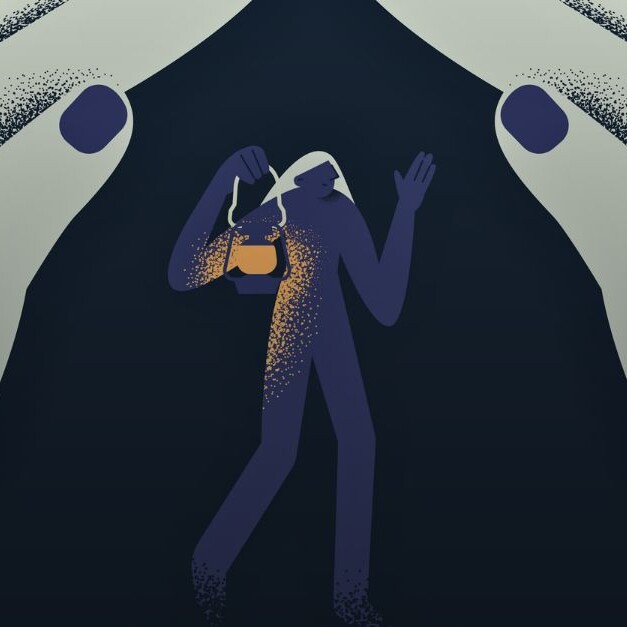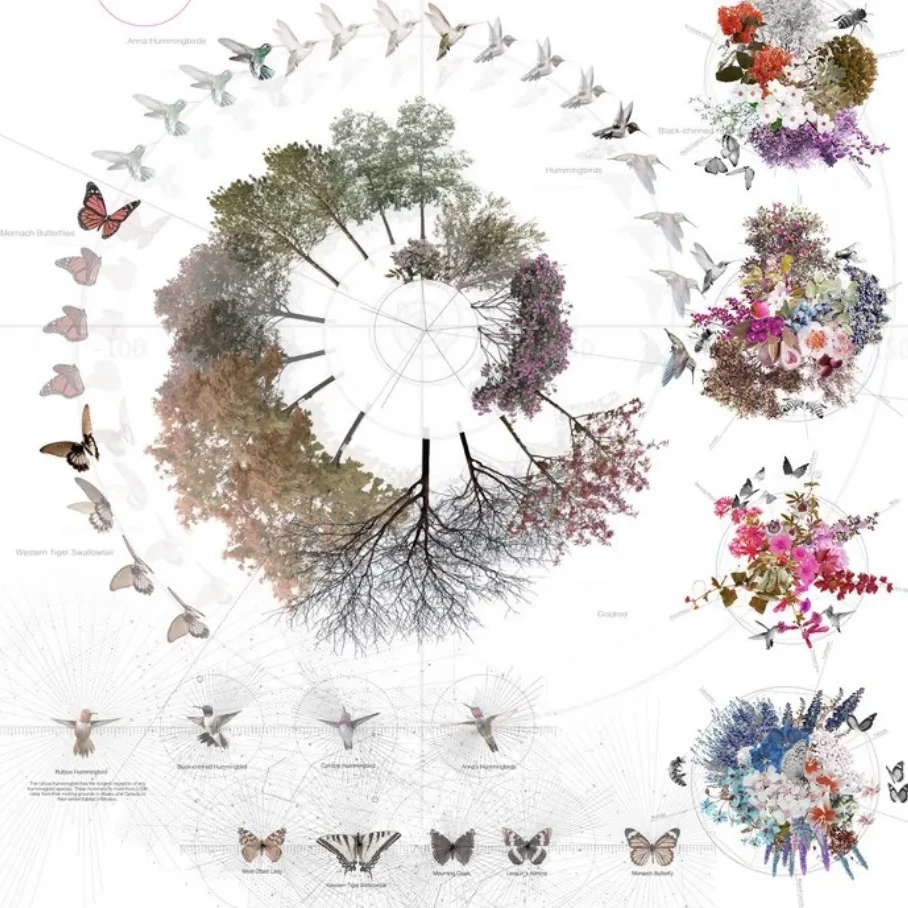An excerpt from Chapter 1 of Many Voices One Song: Shared Power with Sociocracy by Ted J Rau and Jerry Koch-Gonzalez
Sociocracy is a set of tools and principles that ensure shared power. How does one share power?
The assumption of sociocracy is that sharing power requires a plan. Power is everywhere all the time, and it does not appear or disappear – someone will be holding it. We have to be intentional about how we want to distribute it. Power is like water: it will go somewhere and it tends to accumulate in clusters: the more power a group has, the more resources they will have to aggregate more power. The only way to counterbalance the concentration of power is intentionality and thoughtful implementation.
Power, like water, is neither good nor bad. In huge clusters and used against the people, power will be highly destructive. Used to serve the people and the earth, distributed to places where it can work toward meeting the needs of the people and the earth, power is constructive, creative and nourishing like an irrigation system.
One can think of sociocratic organization as a complicated irrigation system, empowering each team to have the agency and resources they need to flourish and contribute toward the organization’s mission. We avoid large clusters of power, and we make sure there is flow. Water that is allowed to flow will stay fresh and will reach all the places in the garden, nourishing each plant to flourish. Sociocratic organizations nourish and empower each team to have the agency to flourish and contribute toward the organizations’ mission.
Power does not have only one source. In that respect, power is different from an irrigation system. All members of the organization feed their own agency and resources into the organization, in each team. Everyone contributes their power and relies on each other’s power. From there, power, and with it, resources, gets distributed into the whole and gets channeled to where the group wants to put their energy. Sociocratic organizations keep everyone’s own agency and power intact and support people to make changes bigger than they could have made alone.
In order to achieve this, our sociocratic organizations differ from organizations with aggregated centralized hierarchical power in two ways:
- We distribute power more evenly. Those who come with less agency get support to step into more agency. Those who come with more sense of agency contribute toward the whole without diminishing anyone else’s power. Teams doing work together are empowered to contribute. [ap_spacing spacing_height=”10px”]
- We let power flow. Flow means the distribution of power needs to be adjusted and potentially changed over time. The sociocratic organization is adaptable and resilient.
Building a system that distributes power by empowering everyone requires thought and intentionality. That is what sociacracy is: the design principles of distributing power in a way that flows with life.
1.1 The values under sociocracy
What kind of world do we want to live in? The way we answer this question is: We want to live in a world where people support each other, consider each other and help each other meet needs. A collaborative world.
1.1.1 Organizations are living systems
Organizations are designed in a way that fosters our connection with each other and with ourselves, both within and outside of the organization. To effectively create connections, organizations need to be life-serving and all-embracing. Life-serving means that we want to foster organizations that work for everyone in the organization and hold care for everyone affected by the organization. No one and nothing can be ignored if we want to honor connection.
We want to support living organizations. Living systems can be on any kind of scale: a cell is a living system as it creates a membrane, forms an identity and interacts as a whole with its outside. Organizations are living systems: they interact with their outside (clients, students, consumers, investors), and their members on the inside interact as information, goods, and energy are being exchanged. A system that does not let the organization breathe like a living system will constrain and muffle its unique expression of life. Living systems have characteristics that we want to be aware of:
- Living systems form a whole and can act as a whole. For example, a human body is a complex system of smaller complex systems, but it is perceived and acts as a whole.[ap_spacing spacing_height=”10px”]
- Living systems are interdependent with their context. There are no isolated systems. However, many people in Western cultures have been conditioned to think individualistically, as if we were separate from our context and could ignore our impact on the world around us.[ap_spacing spacing_height=”10px”]
- Living systems are interactive and open (within limits). An organism that does not interact with its outside will not be able to survive. Organisms provide a (permeable) “membrane” between their inside and their outside. This is the basis of identity and capacity to act.[ap_spacing spacing_height=”10px”]
- Within a system, parts are interdependent, which means they rely on each other to meet their needs. This both true for parts of a cell and it is true for a society.[ap_spacing spacing_height=”10px”]
- Living systems are dynamic, they are not static. They change over time as they adapt and change constantly. Living systems can learn and heal. They are resilient.[ap_spacing spacing_height=”10px”]
- Living systems are inherently ordered, in their own way. A forest, for example, has an order. So does an organization – living systems are defined by the fact that they create more order than is present in entropy of their surroundings. Organizations do exactly that: organize to exchange information and resources to meet needs.
Purchase Many Voices One Song HERE.
We encourage you to comment on this post so we can hear about your thoughts and experience.
featured image by: Mel Poole
Related Posts
October 20, 2025
Signals from the Web
September 9, 2025



